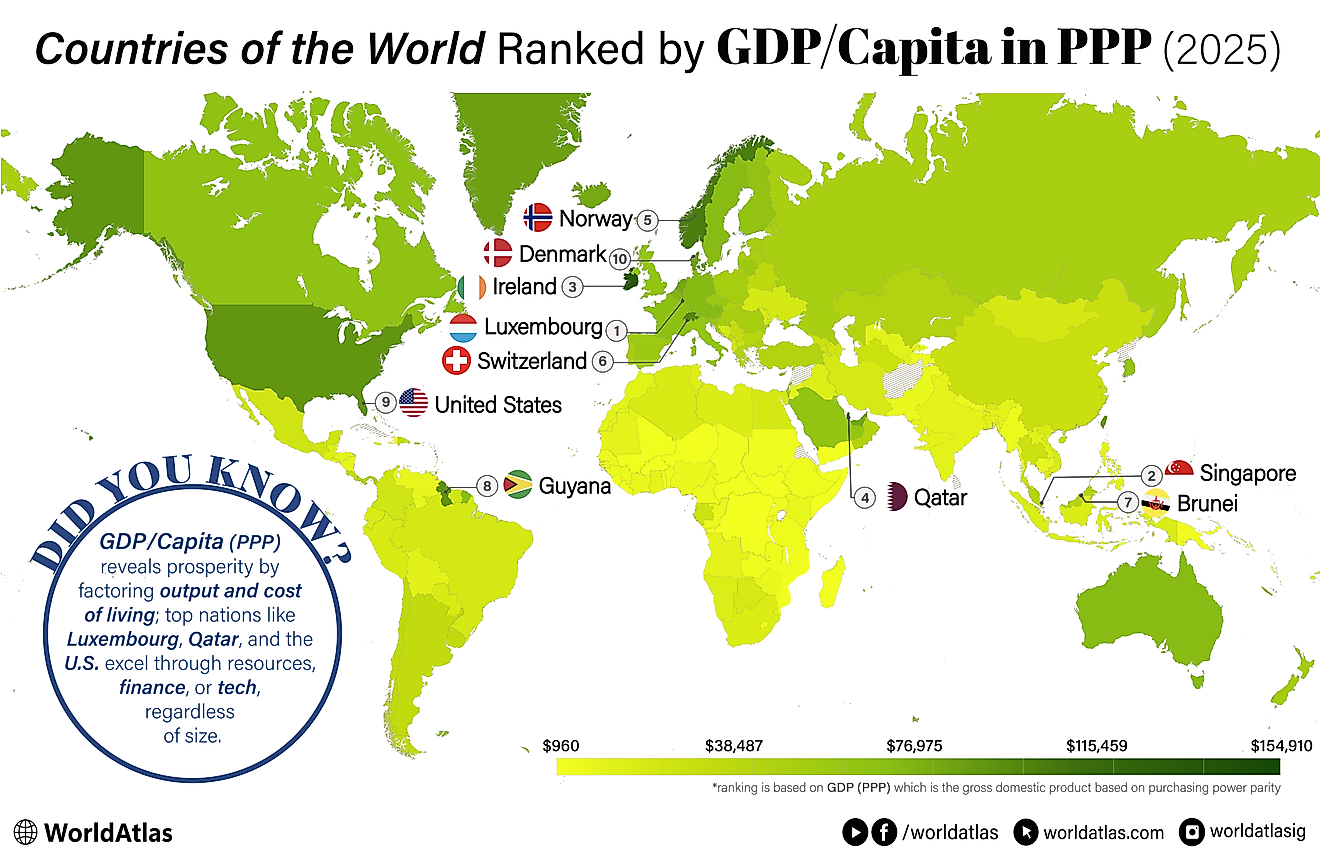Top Wood Charcoal Exporting And Importing Countries

There are two kinds of carbon-based fuels people commonly refer to as "coal". One is the mined coal that is a fossil fuel, which takes thousands of years to form, and which when burnt is polluting and causes health problems. The other is wood charcoal that takes a few days to produce and is relatively safer for human health. Wood charcoal has been used by humans for nearly 30,000 years.
Production Methods and Uses for Wood Charcoals
Stacked wood, logs, or even waste from old furniture in underground pits are covered with mud or metal, and burnt slowly without oxygen for around five days. Modern manufacturers undertake this process in cement constructions and kilns as well. This process burns volatile substances, water and sap in the wood, leaving behind pure carbon, which ignites quickly and produces 30% more heat or energy than wood, and performs better than anthracite coal. However, the conversion of wood to charcoal leads to approximately 60% energy loss. Wood charcoal is used in its natural lump form or as briquettes, where the coal is crushed, compressed and shaped into regular forms using natural binding starches. Charcoal is a high volume and low value product, so briquettes can reduce transportation costs.
Charcoal was the article that was traded the most in prehistoric times, however since it has always been a laborious and dirty process, the people involved in its production, occupied a low social status. Wood charcoal has been used for cooking and several industries in the past which in many cases have been replaced by industrial coal. It was used as metallurgical fuel in production of iron since Roman times by blacksmiths, and later for industrial scale production of iron as well. More recently, wood charcoal is being used to make "wood gas" which is used in automobiles as fuel. It was also earlier used in making medicines and artistic use.
Largest Producers and Importers of Charcoal-type Fuels
Production of charcoal has been increasing worldwide from 18 million tonnes in 1965 to 47 million tonnes in 2009, by which time Africa produced 63% of the charcoal in the world.The largest contributors to global export in coal, Paraguay (12%), India (11%), Indonesia (11%), Argentina (11%), and Somalia (5%) account for half of the coal exports.
Paraguay's coal industry is one of the main drivers of the deforestation of the already scarce tropical dry forests. Biomass and charcoal are the main fuels for cooking and industrial use. Export of coal is one of its main revenue, and exceeds domestic consumption. Its main importer is Brazil itself a large producer, with truckloads of charcoal illegally crossing the borders. In addition high quality barbecue charcoal is exported to Spain, Germany, Belgium, Brazil, Israel and Chile. Similarly charcoal making is an illegal activity in Indonesia. India produces activated charcoal, hardwood charcoal, coconut charcoal, charcoal dust on a large scale using modern technology and machinery. India exported 18% of the wood charcoal it produced in 2014. The USA are its major importers.
Countries which have the highest share in global coal import are Germany (9%), China (8%), Malaysia (8%), Japan (7%) and Republic of Korea (6%). Germany imports coal worth 111 million US dollars, coming mainly from Poland (40%), Paraguay (12%), Nigeria (6.7%), France (6.3%), Bosnia and Herzegovina (5.3%), Ukraine.3%) and Indonesia (4.5%). The charcoal is mainly used in the leisure industry for barbecues and restaurants, as well as industrial purposes such as smelting. China imports 75 million dollars of coal mainly from India, Myanmar, Colombia, Indonesia, Thailand and Ivory coast. China's growing demand for charcoal is driven by its silicon production which accounts for 50% of the world production.
Environmental and Social Impacts of Wood Charcoal Use
Six to 15 tonnes of wood are necessary to make one ton of charcoal, consequently much of African forests have already been lost due to its charcoal export to Europe. Paraguay loses nearly 40,000 hectares of forest every year due to illegal export of charcoal, and another 12,000 ha for producing barbecue coal for Europe. Moreover the Paraguayan charcoal producers who mostly run small-scale rural units earn little from this trade. On the other hand, compared to the production of kerosene, coal, Liquid Petroleum Gas, fuel wood, and electricity, the production of a Terajoule of energy by charcoal provides employment to 200 to 350 persons. In India, Pakistan, Philippines, Nepal, and Myanmar, the industry provides employment for up to 6% to 10% of their rural populations.
Top Wood Charcoal Exporting And Importing Countries
| Rank | Country Of Export | Percentage Share Of Total Wood Charcoal Exports | Country Of Import | Percentage Share Of Total Wood Charcoal Imports |
|---|---|---|---|---|
| 1 | Paraguay | 12 | Germany | 9 |
| 2 | India | 11 | China | 8 |
| 3 | Indonesia | 11 | Malaysia | 8 |
| 4 | Argentina | 11 | Japan | 7 |
| 5 | Somalia | 5 | Republic Of Korea | 6 |











